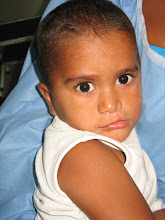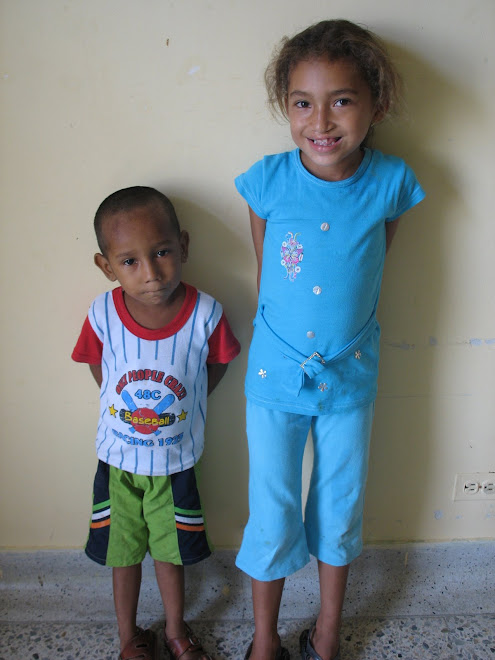 When I tell my friend who works in international affairs that I am in Colombia, he sends me a report.
When I tell my friend who works in international affairs that I am in Colombia, he sends me a report. My friend works for the International Rescue Committee, an international humanitarian aid organization organized in 1933 by Albert Einstein to help those in opposition to Nazism. The IRC has supported numerous persecuted or displaced groups due to ethnic conflicts, war, or environmental crises.
My friend works for the International Rescue Committee, an international humanitarian aid organization organized in 1933 by Albert Einstein to help those in opposition to Nazism. The IRC has supported numerous persecuted or displaced groups due to ethnic conflicts, war, or environmental crises.Some Facts About Colombia:
- Population: 45 million
- Over 50% of the population live below the poverty level
- Life expectancy: 72.5 years
- Largest ethnic groups: mestizo 58%, white 20%, mulatto 14%, black 4%
- 1.4% of landowners hold 65% of total land area, while 94% of landowners hold 19%
- Highest number of trade union members murdered in the world
- 4 million displaced persons, 80% of which are women and children
- Women are the sole providers for half of all displaced families, while violence against women and girls has been a prolonged, conscious strategy of war by the armed groups. Children and young women are often forcibly recruited by the armed groups to be messengers, cooks, sex slaves. Children from poor areas are highly vulnerable.
- There are currently 7,000-10,000 child soldiers, with recruitment on the rise since the start of the most recent financial crisis.
 From a February 11 Reuters article on Colombia:
From a February 11 Reuters article on Colombia:"The armed groups aren't going to suffer the recession like the country's poor," Paul Martin, a United Nations Children's Fund representative in Colombia, told reporters."They're going to keep offering a million pesos to children who live and struggle more each day from the crisis and each day are more likely to accept those offers," he said.
Problems blocking peacemaking today:
The government can only negotiate from the established order,
 although it's exactly that order the guerillas have been fighting against for 40 years. The original demands of the guerillas were threefold: land reform, state administration of resources, and social reforms. But because they've employed tactics like kidnapping, child soldiers and landmines, they've undermined their legitimacy.
although it's exactly that order the guerillas have been fighting against for 40 years. The original demands of the guerillas were threefold: land reform, state administration of resources, and social reforms. But because they've employed tactics like kidnapping, child soldiers and landmines, they've undermined their legitimacy. Drug Production
Drug ProductionAs far as drugs go, there are no indications that the methods used to impede production--like spraying coca crops from the air--have worked. The UN agency for monitoring Colombian drug production documented an increase in cultivation since 2007.
The spraying also destroys legally grown crops, and drives poor coca farmers from their homes.
From Susan Lang at ChronicleOnline, Cornell University:
Cornell graduate student Niousha Roshani works with displaced children in Colombia. Roshani, who interviewed displaced families in Colombia and then scoured many sources to assess the extent of the problem, said that warfare in that country has been displacing families for three generations.
 |
"Displacement usually means a series of calamities for children -- homelessness, physical torture, severe trauma, malnutrition, little formal education, loss of family members and exposure to atrocities," said Roshani, an Ivory Coast citizen who has been working with Colombia's Consultancy for Human Rights and Displacement and is now planning a documentary film about Colombian child soldiers.
Nearly half of the displaced people in Colombia are children. They come from "socially invisible" Afro-Colombian and Indian populations, as well as from diverse farming communities disrupted by the country's ongoing drug war. Colombia has more displaced persons than any other country except Sudan. This includes up to 20,000 children -- many younger than 14 years of age -- who are military combatants. They make up about 25 percent of the various militias in that country.
Worldwide, some 300,000 children are bearing arms in more than 30 conflicts, according to Youth Advocate Program International. The organization reports that up to 90 percent of all casualties in these conflicts are women and children, and that from 1986 to 1996 more than 2 million children were killed and more than 6 million seriously injured in armed conflicts around the world.




The idea of children as soldiers is so awful. Everybody needs to be aware of this and do what they can to end it. I read Beah's book and haven't slept well since. Really excellent post.
ReplyDeleteThere is so much americans don't know
ReplyDeletewe are too busy watching survivor or reruns of chips
it makes me ill
This is so sad. I want to use this to teach in my own class. Thank you.
ReplyDelete